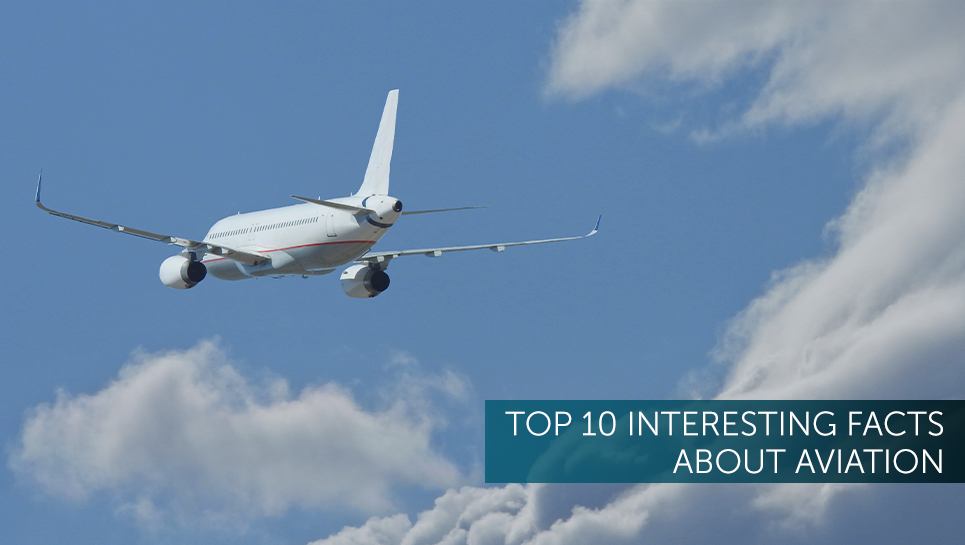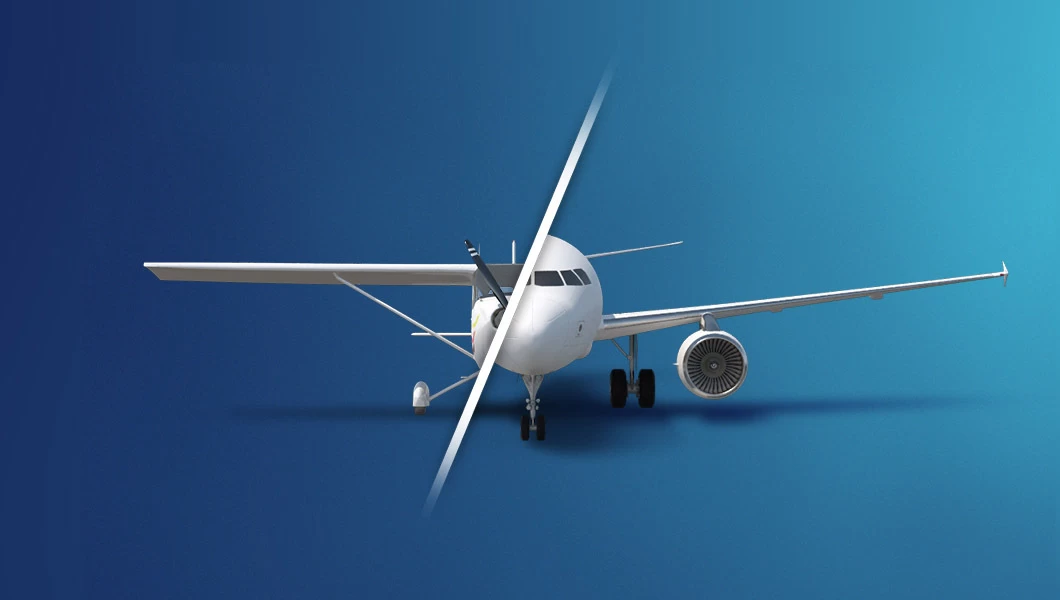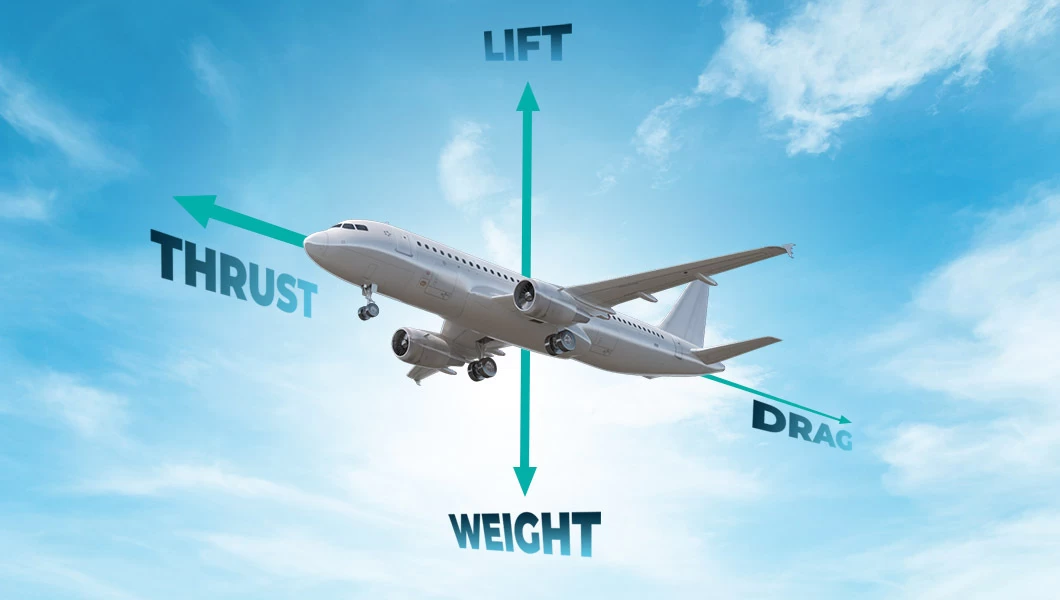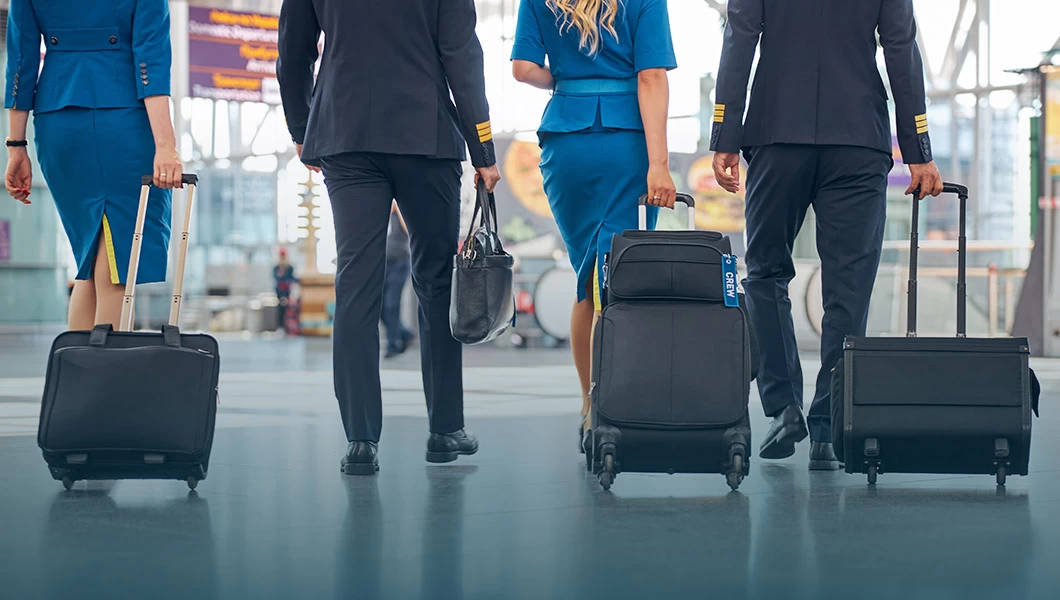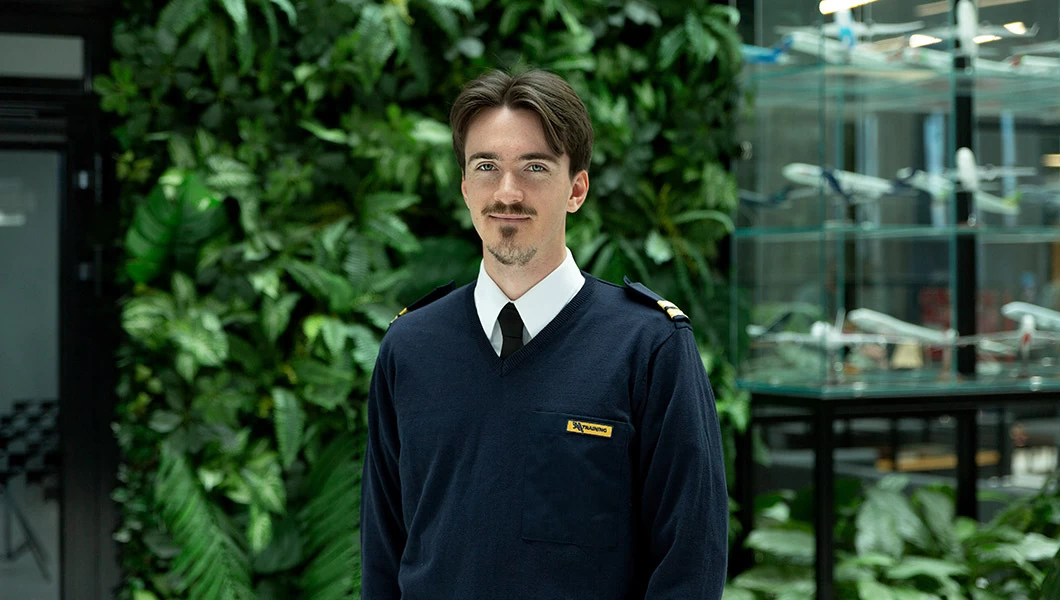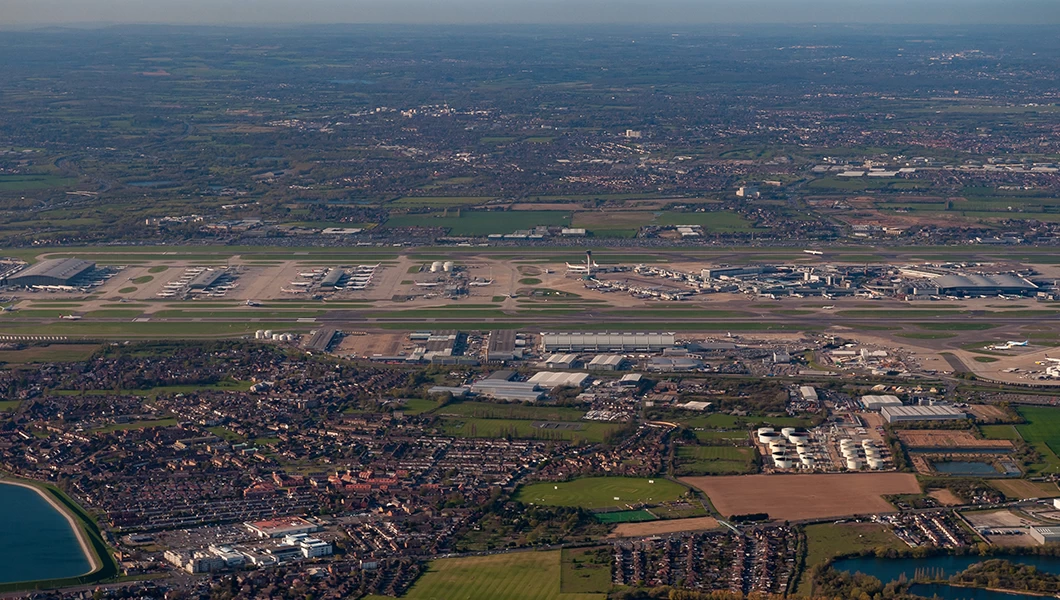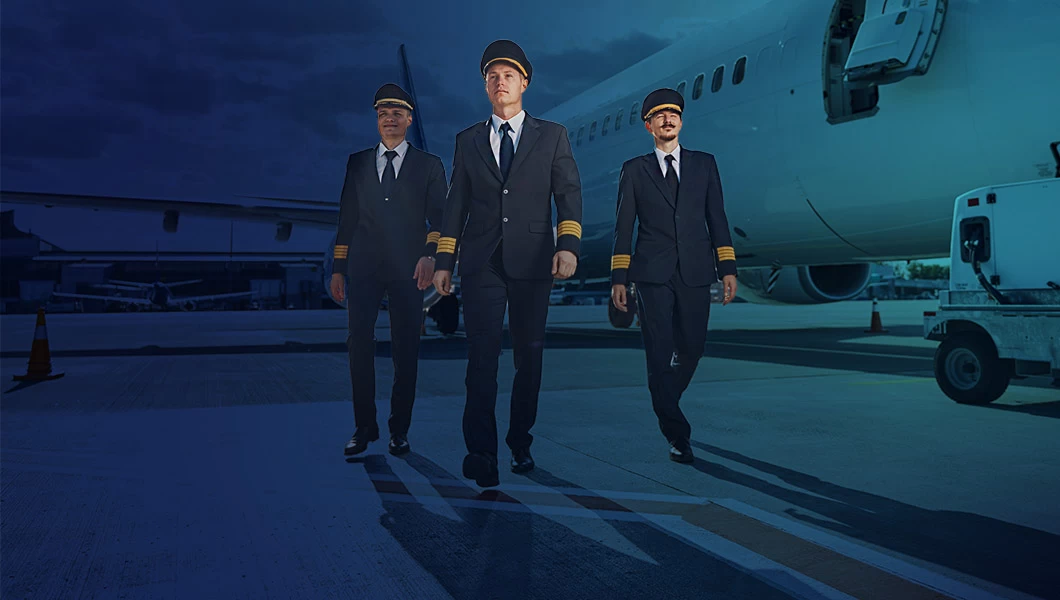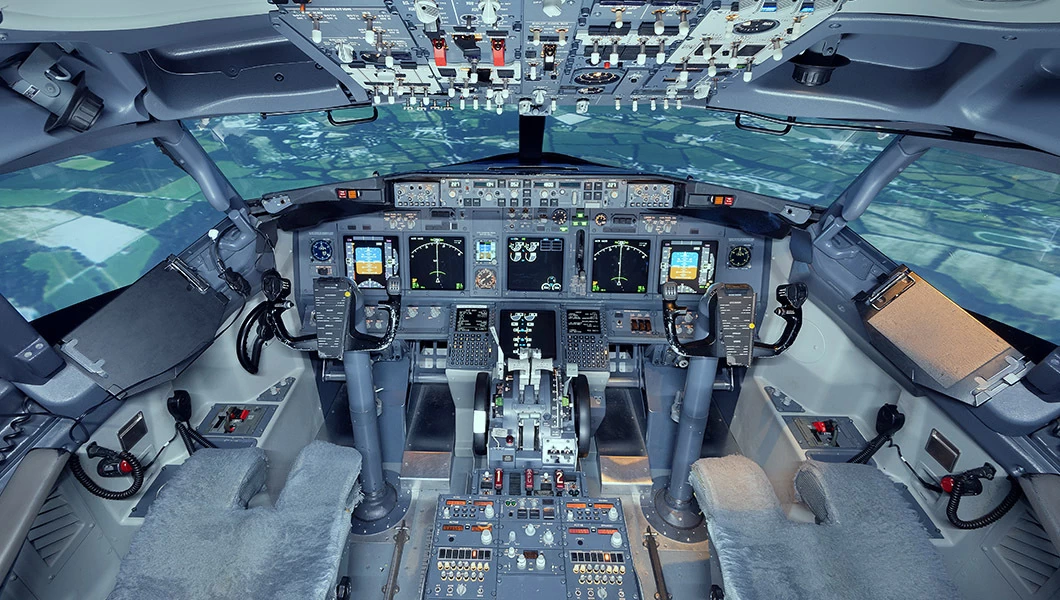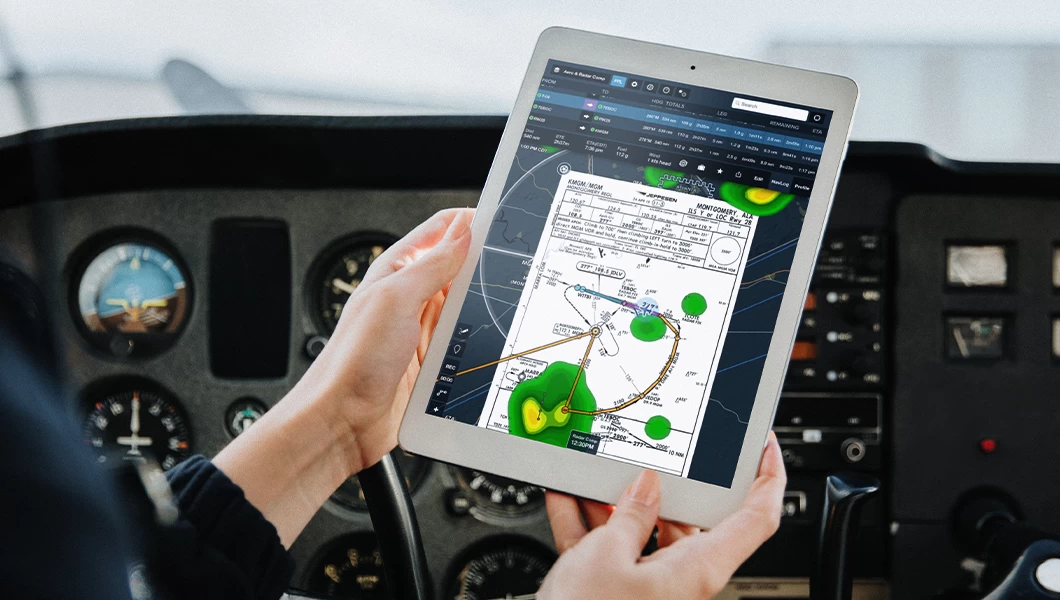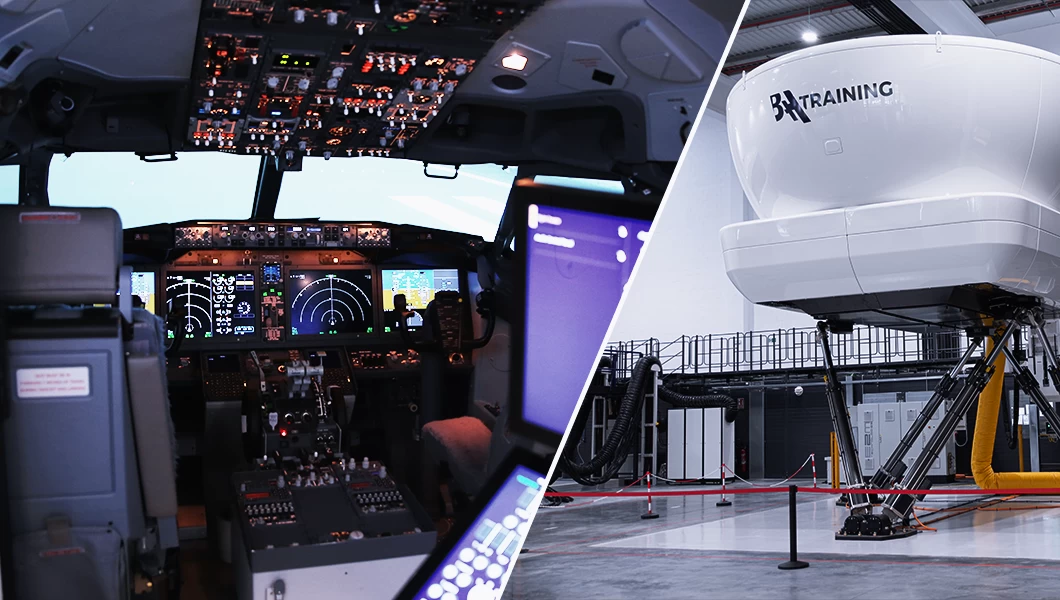There are probably no people who would deny the importance of aviation in today’s fast moving world. The question is how much do we really know about aviation? Have you ever wondered of how many parts the aircraft that you are sitting in is made of? Or what do pilots eat? Undoubtedly, there are countless interesting and surprising facts about aviation which may surprise you. That is the reason why Baltic Aviation Academy has chosen to come up with the list of the most astonishing facts about aviation. Who knows, maybe after reading this article you will be able to add some new facts about aviation and pilot profession to your knowledge pool.
1. Pilots eat a different meal
There are various rules which are imposed by different airlines. However, there is one rule which is common to the vast majority of them. It is the rule that pilots must be fed the same multi-course meal given to those in the first and business class whilst the co-pilots are encouraged to eat different entrees to guard against cases of food poisoning.
2. A Boeing 747 is made up of six million parts
Boeing 747 is the most well known wide-body commercial airliner and cargo transportation aircraft frequently referred to as the Queen of the Skies or the Jumbo Jet. This airplane is famed because it was the first huge body aircraft ever produced. A Boeing 747 is made up of six million parts which are made to be all controlled by a few pilots sitting up front with switches and buttons under their fingertips.
3. More than 80% of the population is afraid of flying
Acrophobia is defined as a fear of heights. Unlike a specific phobia like aerophobia – fear of flying -and other specific phobias, acrophobia can cause a person to fear a variety of things related to being far from the ground. Depending on the severity of the phobia, an acrophobic person may equally fear being on a high floor of a building or simply climbing a ladder.
4. Each engine on a Boeing 747 weighs almost 9,500 pounds
Another interesting fact about a Boeing 747 concerns its engine weight. This aircraft is one of the most popular and beautiful airliners in the sky. A Boeing 747 is made up of six million parts and one of them is its engine which weighs almost 9,500 pounds (4,300 kg) and costs about 8 million USD.
5. The world’s busiest commercial airport
The busiest commercial airport in the world is the Hartsfield- Jackson Airport (ATL) in Atlanta, with more than 970.000 airplane movements a year. Based on its passenger traffic this airport has been the busiest from 1998, and by the number of landings and take-offs – since 2005. The Hartsfield–Jackson has held its ranking as the world’s busiest airport in 2012, too, both in terms of the number of passengers and the number of flights. In the year alone it was visited by95 million passengers (more than 260,000 passengers daily).
6. The speed of a Boeing 747
Boeing 747 is not only one of the world’s most recognizable aircraft, and the first wide-body ever produced. Another fascinating fact about this aircraft is that the maximum speed of a Boeing 747 is 955 km/h.
Your PILOT CAREER
starts with a first click
7. Only 5% of the world’s population have ever been on an airplane
Though the aviation sector is growing rapidly, according to the statistics only 5% of the world’s population has ever flown on an airplane. Many people, especially from the underdeveloped regions, have never ever been in an aircraft and it is not likely that they will have an opportunity to fly in all of their lives. However, at the same time a small minority of the world’s population fly very regularly.
8. The average age of a commercial aircraft
The lifespan of an airliner is not truly measured in time. Instead, it is counted based on pressurization cycles. Each time an aircraft is pressurized during a flight its fuselage is subjected to stress. The “lifespan” of an aircraft is reached when there are certain metal fatigues and cracks which may pose danger. The “service life of 20 years” is generally expressed by approximate figures of 51,000 flight hours and 75,000 pressurization cycles for most aircraft. If an aircraft is used on long haul routes it experiences relatively few pressurization cycles in its “life” and can remain airworthy far beyond 20 years.
9. The world’s most frequent flyer
Tom Stuker has taken the term “frequent flyer” to completely new heights this year, logging just over 1.000.000 miles in 2012 all on United, all in first class. Generally, he has travelled over 10 million miles. The 59-year-old Chicago native and New Jersey resident says he’s flown a total of 13 million miles, much of that in his capacity as an independent consultant and sales trainer for automobile dealerships around the world.
